If you like the aesthetics of acrylic or transparent shell keyboards, then the LEOBOG K81 may be something that will catch your eye. The LEOBOG K81 is sold as a fully assembled option, with keycaps and switches are included. The LEOBOG K81 retails for USD$119.
Unboxing
Here is what you will find the box:
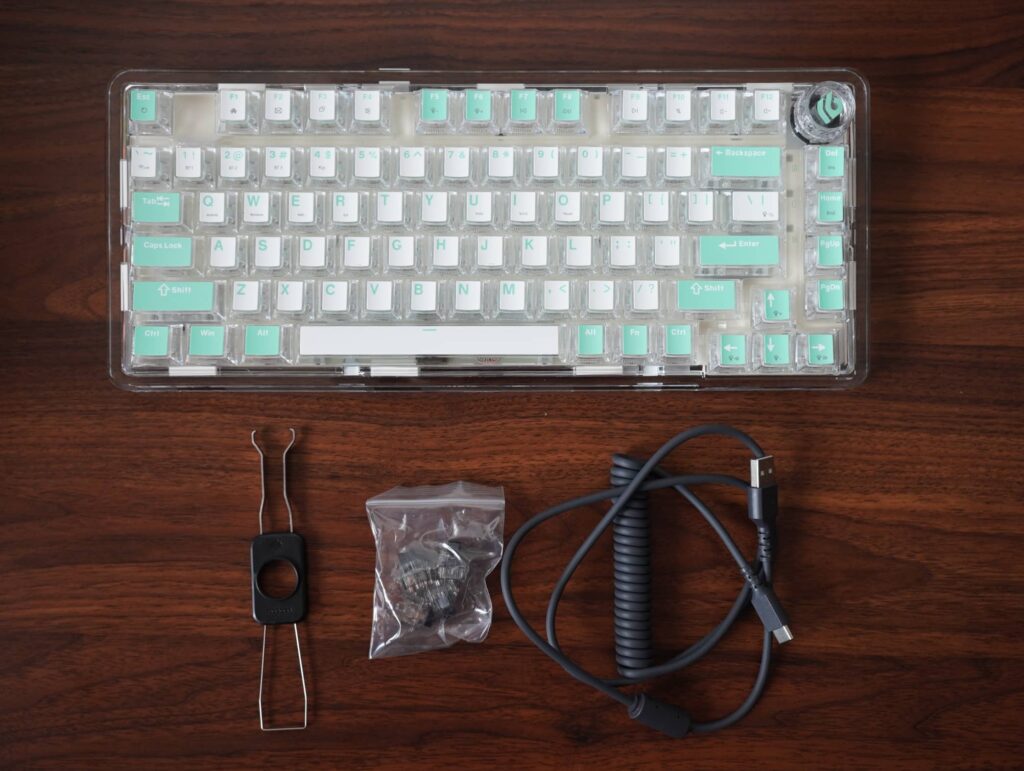
- LEOBOG K81 keyboard
- 2.4G Dongle
- Type-C Cable
- 2-in-1 Keycap/Switch Puller
- Blister Dust Cover
- User Manual
Build quality and design
The LEOBOG K81 keyboard comes in three colour options – (1) Pink Bunny, (2) Star Travel, and (3) Mint Salt. The unit I have is the latter. The ‘Mint Salt’ option will give you a transparent PC case bundled with mint green keycaps theme.
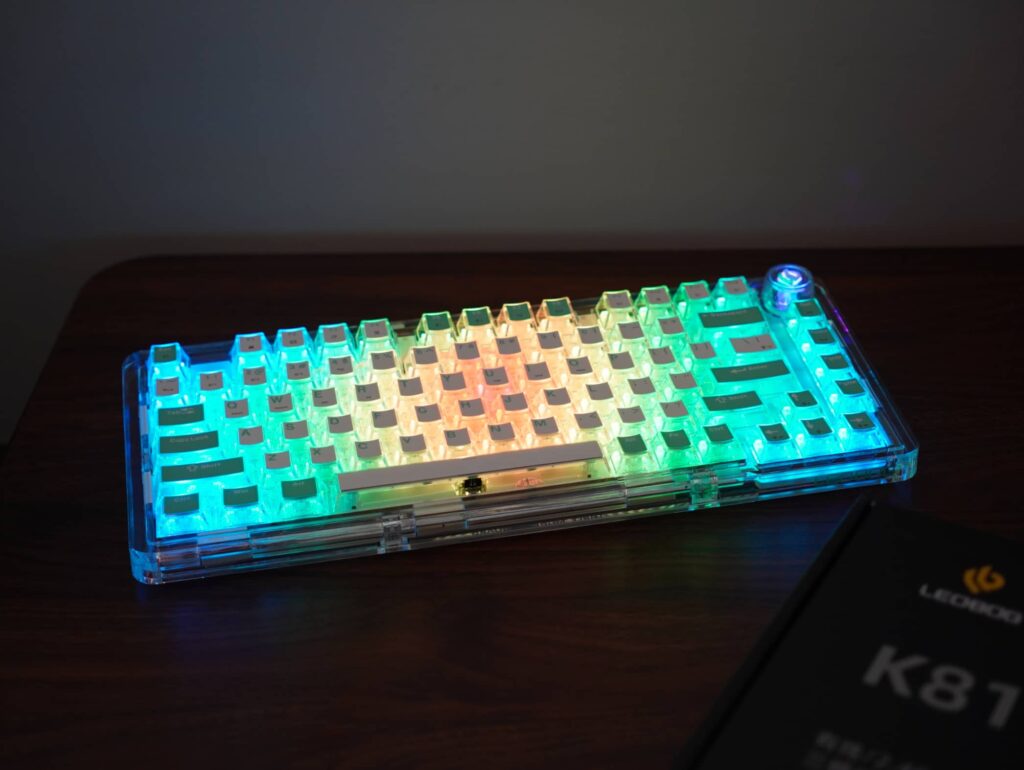
Unlike the KiiBOOM Phantom 81 V2, the LEOBOG K81 uses pudding style keycaps that have solid colours of the top surface with the sides remaining transparent to allow the RGB lighting to pass through. The keycaps seem like OEM profile, with a more aggressive scoop in the middle compared to Cherry profile keycaps. Being mostly transparent, the adjustable RGB lighting on the LEOBOG K81 will come across vividly.
LEOBOG used their in-house Ice Crystal linear switch in order to complement the clear and transparent design. LEOBOG Ice Crystal linear switch has the following specs:
- Operating Force: 35±3gf
- Pre Travel: 1.8±0.3mm
- Total Travel: 3.7±0.3mm
- Bottom Force: 48±3gf
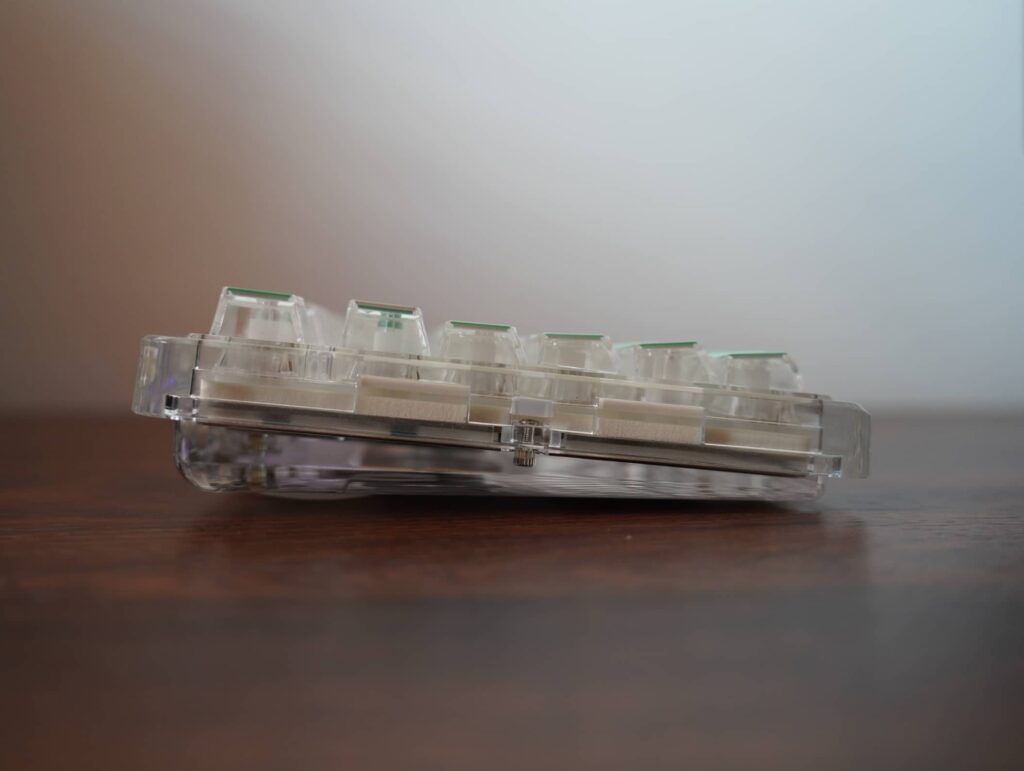
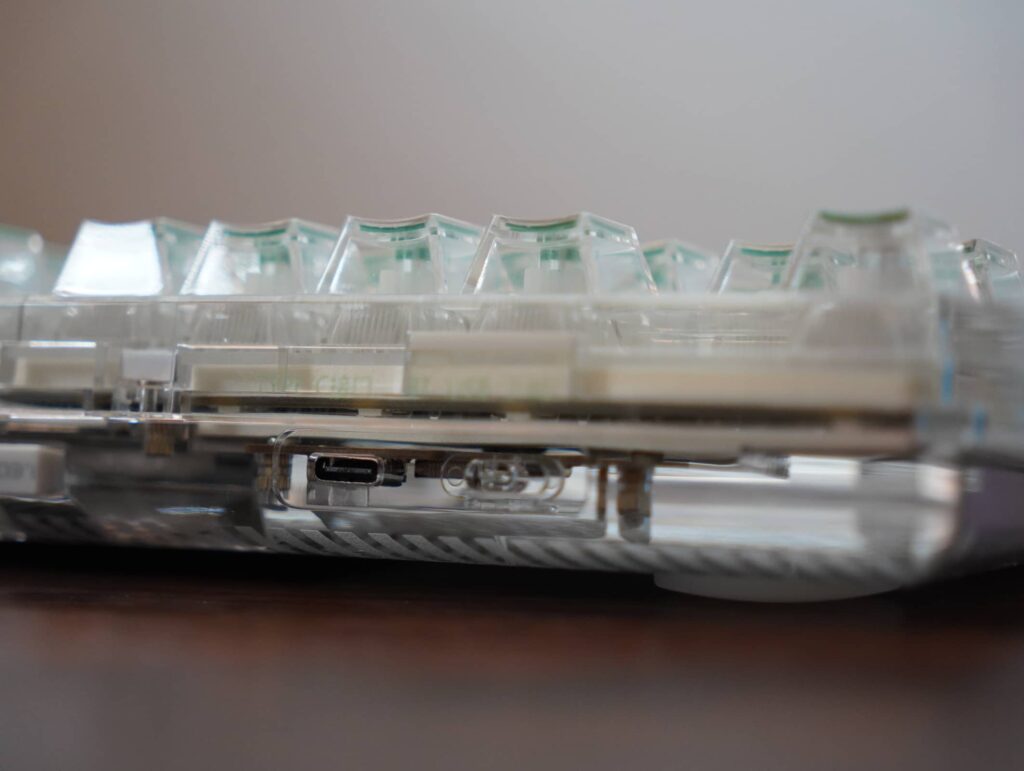
Build quality of the LEOBOG K81 feels solid and with some heft to it despite PC being the main material for the case, weighing just over 1kg. The quality of PC used feels high quality, with subtle curves along the bottom to give a premium feel to it. The bottom of the keyboard is where the “premium” feel start to diminish as it slaps on a product specifications plate which cheapens the look. The bottom side of the keyboard also features the LEOBOG branding, which in my opinion, need not be there.
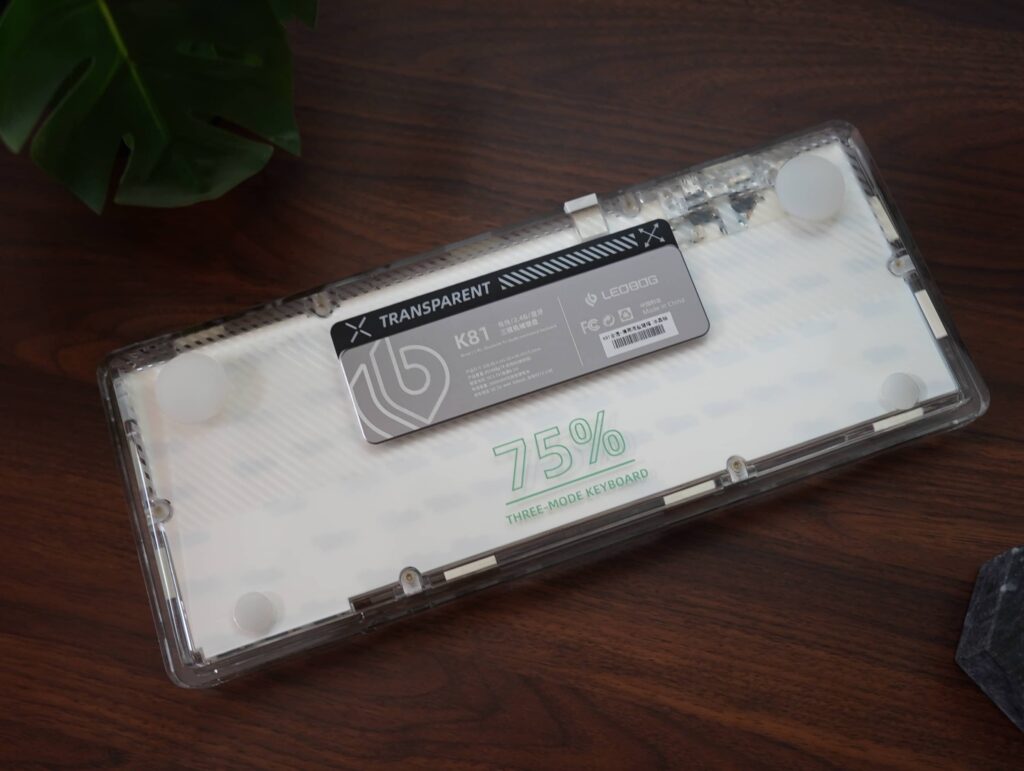
The USB-C port is located off center, aligned to the left side of the keyboard. It is housed alongside a rather flimsy plastic switch to toggle between the three modes of connectivity. There is a recessed area to store the 2.4GHz USB dongle when it is not in use.


There is also a multifunctional knob located on the top right of the keyboard, that makes a clicky sound when rotated. Unfortunately, the knob has the LEOBOG logo in the same mint green colour so if you change keycaps in the future, the logo may stick out like a sore thumb.
Typing acoustics & experience
The LEOBOG K81 has a gasket mount structure, where poron gaskets tabs are stuck on the PC plate to support the whole plate and PCB assembly. There is a poron plate foam used between the PCB and plate, and a PET case foam and silicon pad under the PCB. The combination of these parts make it quite a squeeze in the keyboard, so the flex you get isn’t observable but more of a gentler bottom out experience. The corners are where you’ll feel the most flex.
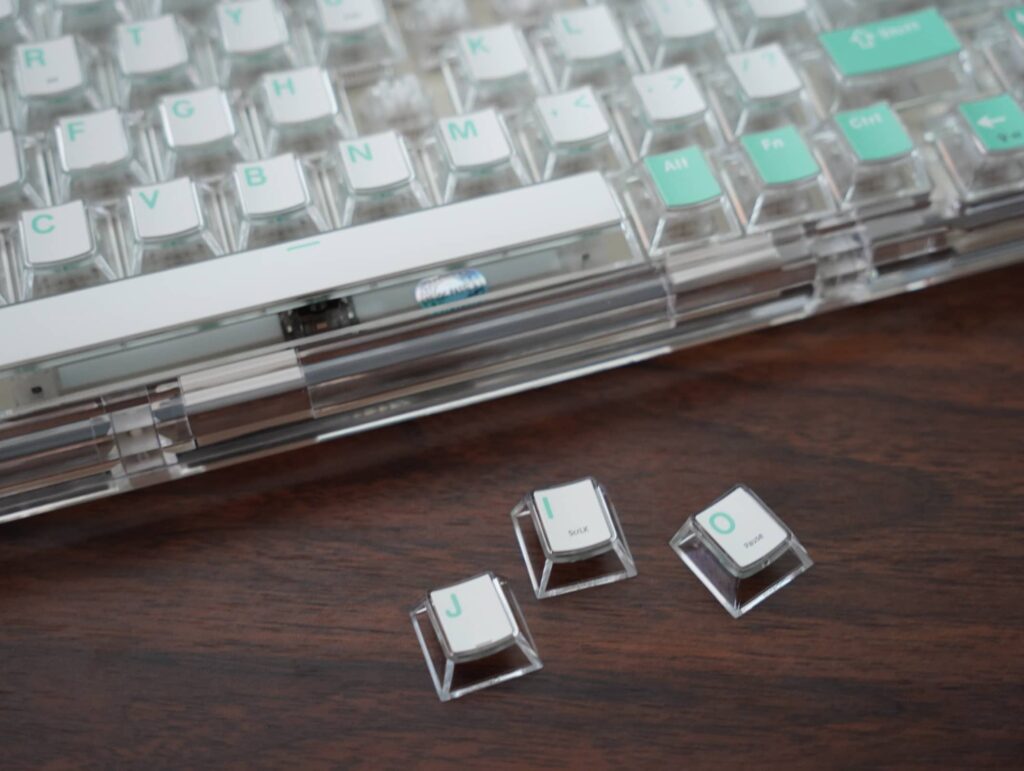
LEOBOG also puts a thin poron-like foam between the switch and PCB. I’d describe the sound profile of the LEOBOG K81 as a slightly muted thock sound. Any audio resonance is definitely cleaned heavily by the case foam and silicon at the bottom, but the bottom out retains a rounded thock that is typical of most keyboards that uses a similar PE foam mod. You can take a listen at the stock sound test below:
The stock stabilizers are plate-mounted and they are surprisingly well-tuned. There is almost no rattling or tick sounds at all, and they are one of the best stock stabilizers I have experienced to date. The PCB is hot-swappable supporting both 3-pin and 5-pin switches, so it allows you to swap out the switches in the future.
Connectivity and battery
LEOBOG K81 supports three modes of connectivity – (1) wired via USB, (2) Bluetooth 5.0, and (3) 2.4GHz wireless. The keyboard makes use of keyboard shortcuts in order to toggle between macOS or Windows keyboard layouts. It is nice that such a feature is there as it will surely benefit anyone who often swap between both operating systems.
There isn’t any software to do key mappings so what is given to you on the keyboard is what you have to get used to it. Inside the LEOBOG K81 is a 3,000mAh battery. There is no word on how long the battery lasts, I’ve used it for close to two weeks now and haven’t encountered any low battery warning.
Conclusion
For those seeking a unique transparent aesthetic, the LEOBOG K81 offers another option on the market if you are keen on a 75% layout. The out of box typing experience is great, offering a safe and pleasing sound signature with overall solid build quality. RGB lighting is also another bonus feature to consider. There is no software support for key re-mappings so do keep that in mind.

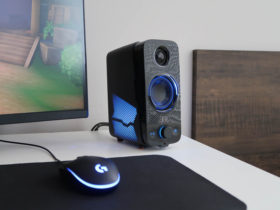
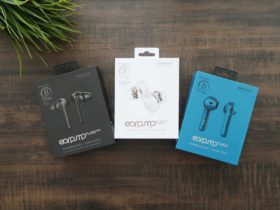
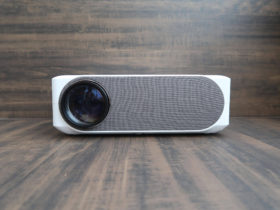
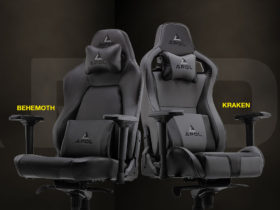
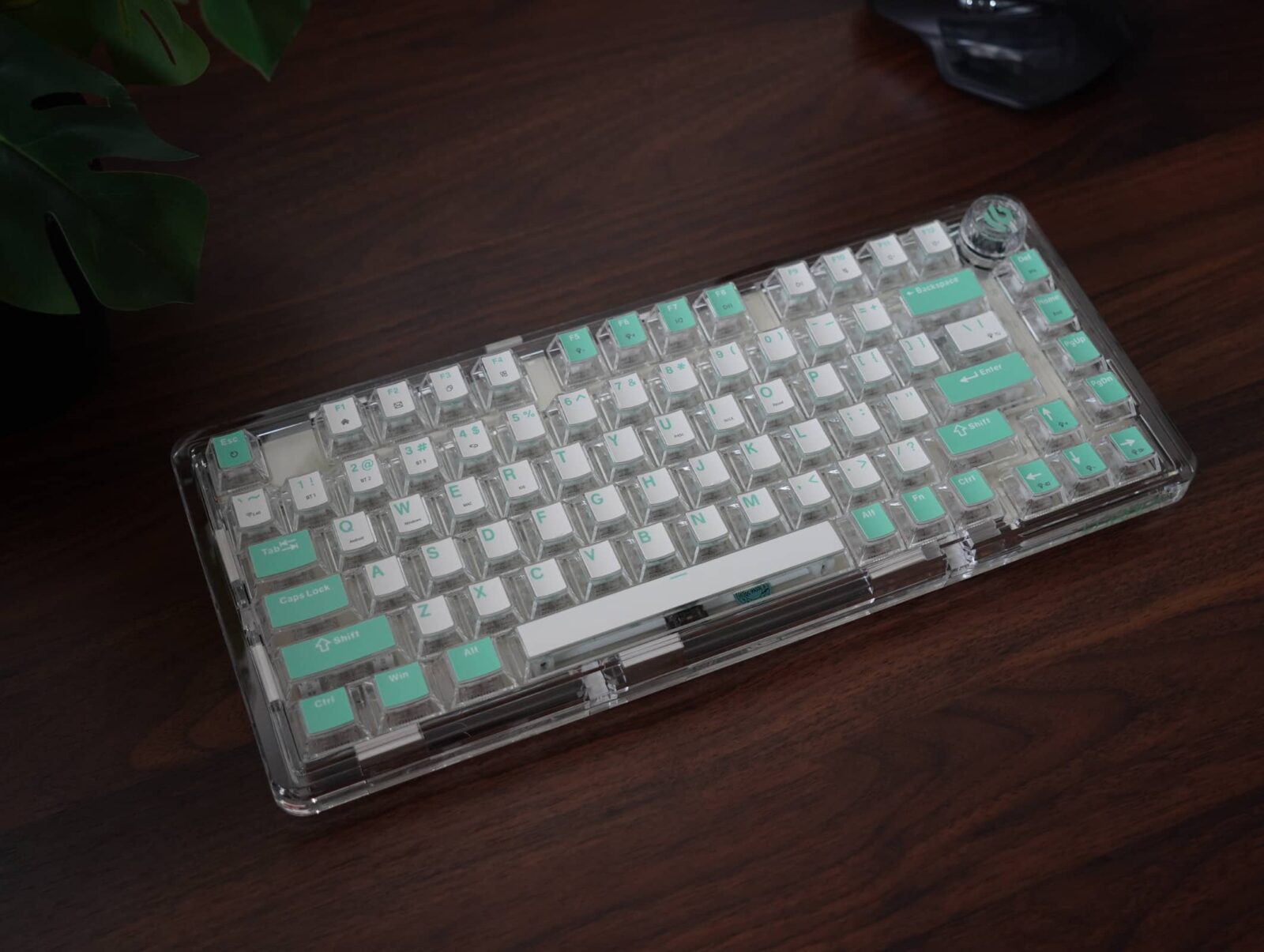
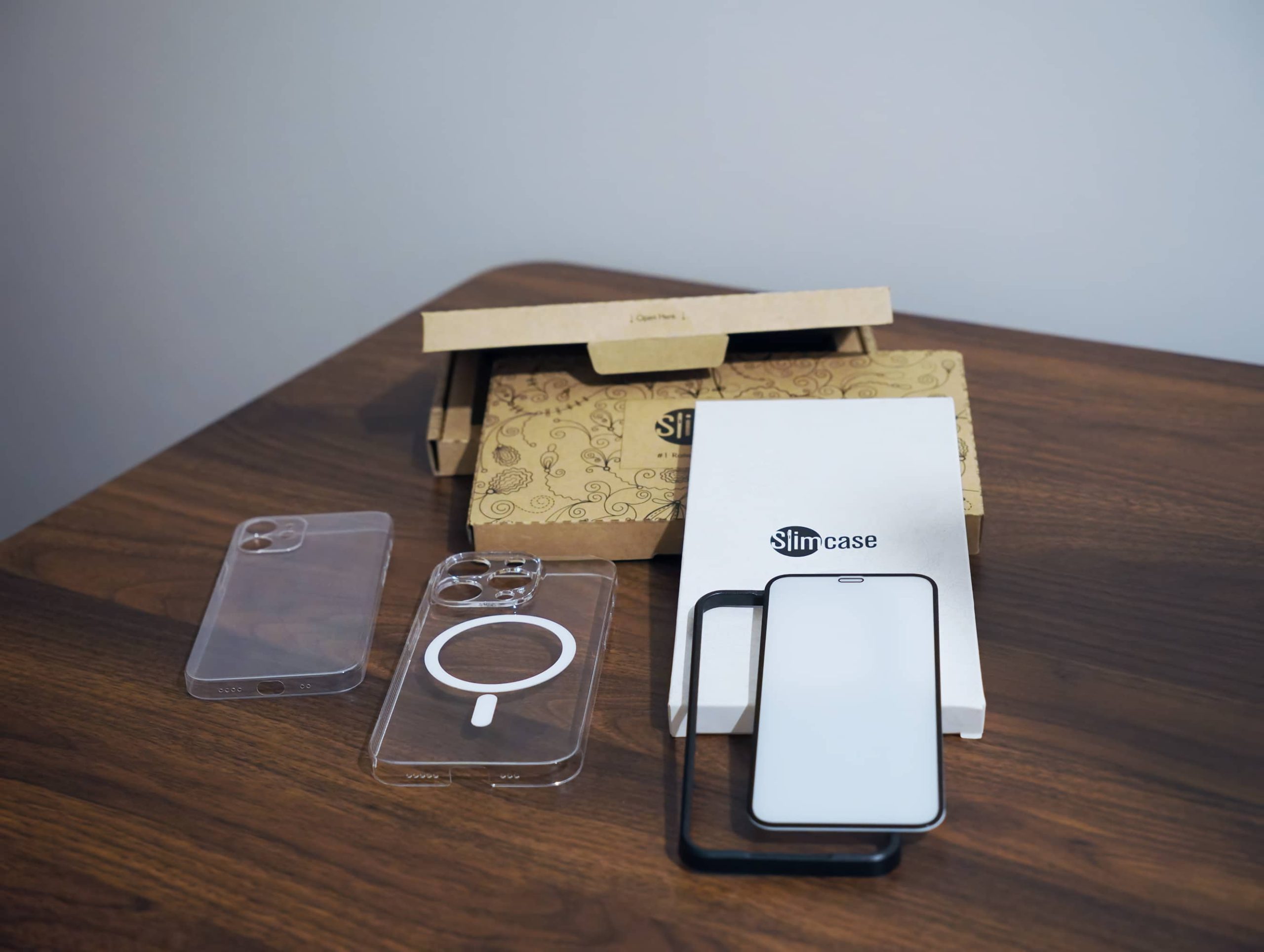



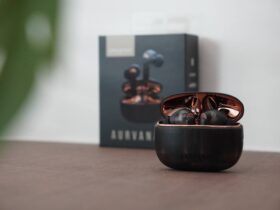
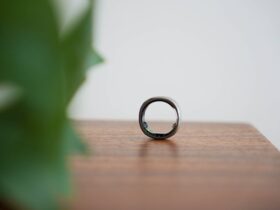
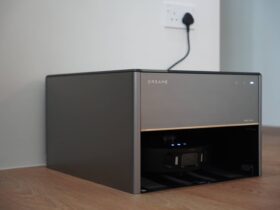
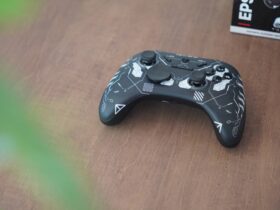
Leave a Reply